What's the World’s Best Tape Measure?
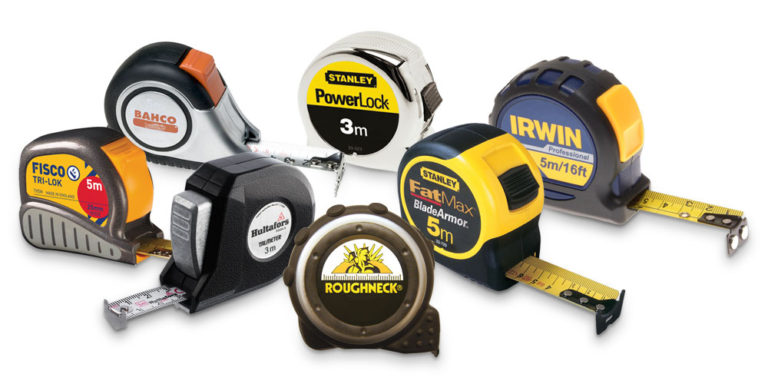
Sums, together with spellings, were never my strong point. My parents, bless them, used to delight in the tale of my ‘needles to say' (instead of 'needless') and similar such gems which seemed to pepper my ill spent youth with some frequency. However, regarding the former, upon swiftly prodding a digit at our pages for tape measures, I guesstimated that we sell over 60 different sorts.
Any way you slice it, that’s a lot of tape measures, some of which are going to be (by a process of elimination) better than others, but which ones are best and moreover why If you would like to contribute to this discussion, please leave a comment on our Facebook page.
This innocuous looking bit of kit is probably the most used (and abused) item in anyone’s toolbox. There’s not a single tradesman, craftsman or DIY-er who doesn’t, or hasn’t, owned one at some time. Electricians, carpenters, joiners, plumbers, masons and metalworkers all keep a tape measure by their side. I suspect that the only practical individual who doesn’t use one is an orthopaedic surgeon and, having seen at first hand the kit they use in theatre, I speak from a little experience.
There are big ones, small ones, durable ones and flimsy ones (and there’s a gag in there somewhere too). There’s also quite a lot of stuff out there and from my delvings on t’interweb, the KISS principle, or ‘Keep It Simple, Stupid’, seems to be particularly appropriate.
A brief summing up might be as follows:
Durability
For a tape to have a long and productive life, the most critical factor is blade durability. Over time, grit, dirt and debris enter the tape and grind against the blade as it’s extended and retracted, which eventually begins to remove the coating and printed numbers.
Case Durability
This is important, but to a lesser extent. Any decent tape ought to be able to withstand a 2m drop without damage and the serious, heavy duty, rubber covered constructional ones should be able to withstand some sustained abuse.
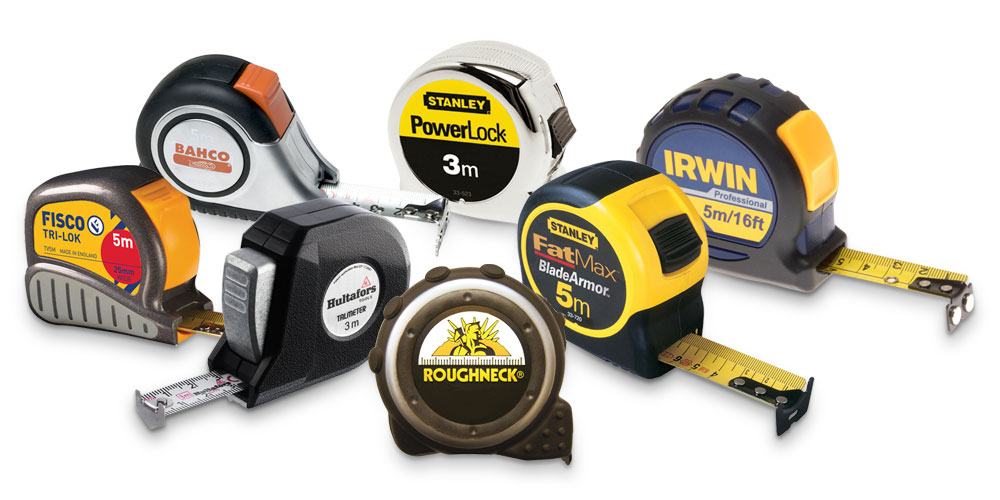 The ‘Stand-Out’ Factor
The ‘Stand-Out’ Factor
This is the distance that the blade can extend unsupported from the case without collapsing and appears to be directly correlated to its width. The Stanley FatMax Xtreme is reputed to have a ‘stand-out’ distance of around 4m but any decent tape ought to be in the range of 2.5 to 3m. Anything less and it’s not likely to last in other areas.
Tang
This is the hook which is riveted at the end of the blade and which should have a smooth back-and-forth movement. Some of them, particularly on very large constructional tapes, are massive and catch on everything except what is actually required, appearing unnecessary for everyday tasks.
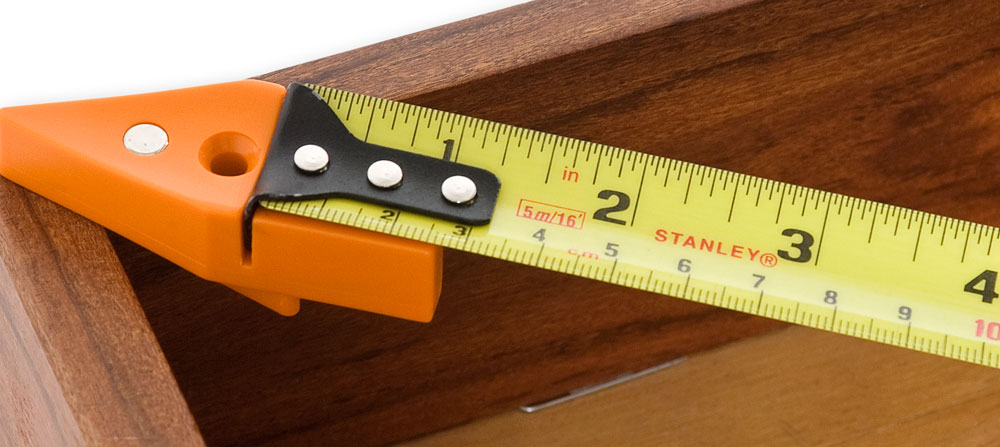 Locking Lever
Locking Lever
A traditional, simple locking lever seems to be best, rather than ones with an auto-lock feature. Remember KISS?
Measurement Markings
Do you prefer imperial, metric or both? It's very much down to personal choice, but as we’re based in the UK and Europe, metric would seem to be a logical choice. We’re reputed to have turned away from imperial measurement decades ago, but as has been examined in the previous Blog, that ain’t necessarily so...
I make no final conclusions, except for a couple of observations. The first of these is that along with the odd Hasselblad camera or three, the crew of Apollo 11 managed to shoehorn a Stanley Powerlock onto the lunar landing mission in 1969.
Second and foremost, on mentioning the subject of this Blog to my wife, she unequivocally stated that the best tape measure in the world is the one she’s got permanently attached to her bunch of car keys...and as a mere bloke, who am I to disagree?
Please let us know your views, either by a letter to the Times (always the best bit), a reply to this Blog entry or by sending a postcard with your answers to the conundrum of...‘What's the World’s Best Tape Measure?’ Seriously, if you would like to give us your views and join in the discussion go to our Facebook page.



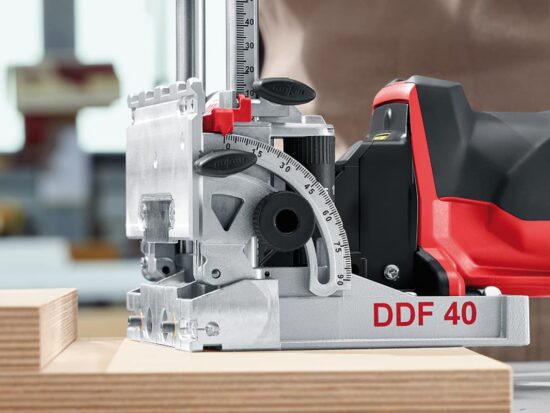
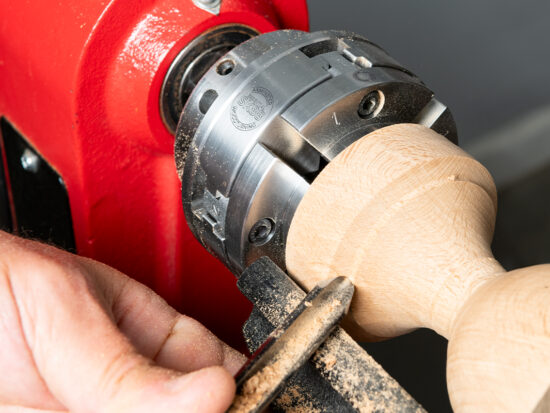
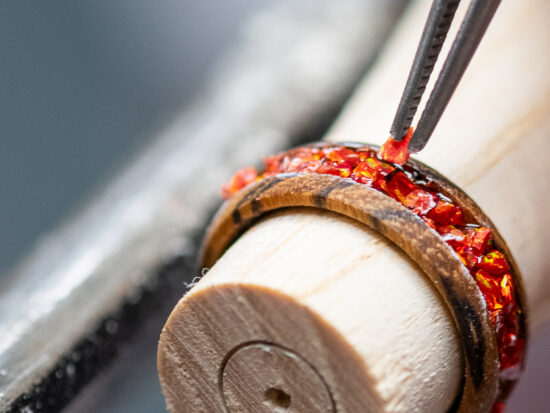

After many years and many broken and lost tapes I have finally settled on 2stanley fatmax's. One is a tiny keyrings model which is still 2m long, the other is the 8m option. Between them they cover all the bases and are clearly marked,accurate and sturdy. The keyrings version solves that eternal problem of arriving at the Woodyard /store and not being able to check the sizes. It's a.mini godsend.